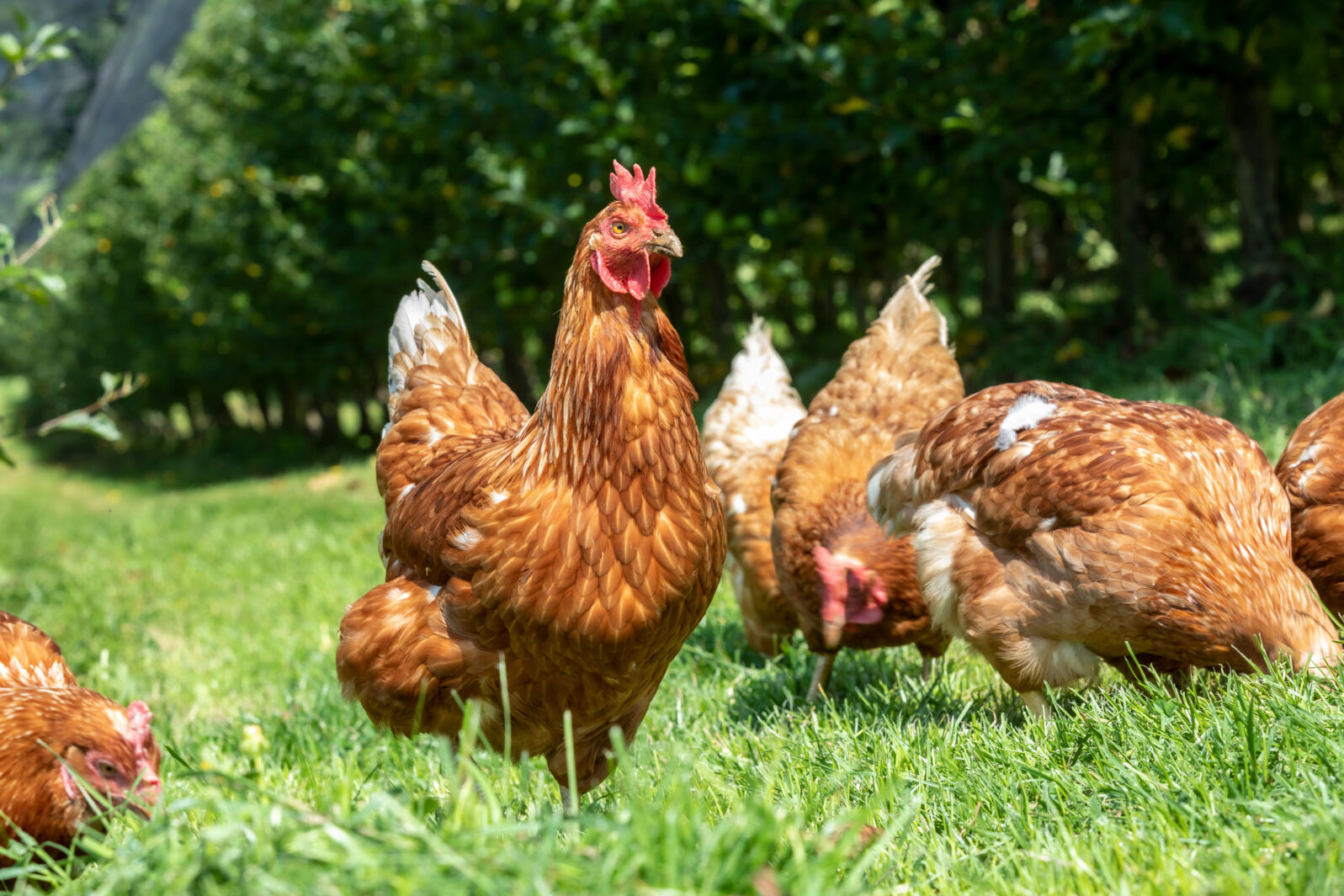Chicken Whisperers? Humans Learn to Interpret Chicken-ese Quickly
A recent paper in Royal Society Open Science found that humans can interpret chicken emotions by their clucks. Researchers at the University of Queensland in Australia were surprised at how quickly humans unfamiliar with chickens picked up the skill:
Participants in the study listened to a series of clucks made by chickens excitedly anticipating food. They also listened to the chirps of chickens that were later denied a meal.
After listening to an assortment of “fast clucks,” “whines” and “gakels,” researchers found about seven in 10 participants could identify the chickens’ mood from chirps alone.
Luca Caruso-Moro, “The ‘clucking code’: Humans can understand how a chicken feelsfrom its clucks, CTV News, January 7, 2024
Perhaps because their faces are not very suitable for conveying emotion, chickens tend to use calls instead. Some Chicken-ese here:
Some drew deep meanings from this finding.
This ability to understand distress or contentment in animals is fascinating on many different levels. It highlights our deep-rooted connection with the natural world. By tuning in to these subtle cues, we not only understand animals better but also become more aware and responsive to our surroundings. There most likely is an evolutionary edge to this tuning with other creatures. Identifying that a lion’s growl or a wolf’s snarl spells trouble saved our ancestors’ lives.
Tibi Puiu, “The chicken whisperers? Humans can surprisingly decipher chicken emotions from their clucks,” ZME Science, January 11, 2024
Now, wait a minute. We don’t need to wait for the growl or the snarl to know that these predators spell trouble. Evolutionary storytelling contributes nothing to unpacking our ability to quickly learn to decipher the emotional expressions of harmless chickens. The interesting part of this finding is that, unlike dogs or cats, chickens are not particularly interesting to most humans, so few will feel an inner emotional tug to master the art of understanding them.
The researchers report,
Participants (n = 194) listened to eight calls when chickens were anticipating a reward, and eight calls in non-rewarded contexts, and indicated whether the vocalizing chicken was experiencing pleasure/displeasure, and high/low excitement, using visual analogue scales. Sixty-nine per cent of participants correctly assigned reward and non-reward calls to their respective categories.
McGrath Nicky, Phillips Clive J. C., Burman Oliver H. P., Dwyer Cathy M. and Henning Joerg 2024 Humans can identify reward-related call types of chickens R. Soc. Open Sci.11231284231284 http://doi.org/10.1098/rsos.231284. The paper is open access.
They add,
The ability to decode emotional information contained within the vocalizations of other species provides an adaptive benefit to animals [8]. Being able to decipher the emotional state in an alarm call helps receivers to determine the severity of the threat and is particularly advantageous in dangerous situations. Similarly, situations where receivers or senders would benefit from the accurate perception of emotional states within species include territory disputes, avoidance of predators, social interactions and the survival of newborns.
McGrath Nicky, et al., Reward-related call types of chickens
Maybe, but few situations that frighten chickens are likely to frighten humans. This situation is surely better seen as an instance of the power of human empathy.

It’s worth noting that the empathy probably goes in only one direction in this case. Although dogs may pick up many human emotions, chickens won’t likely respond to anything other than rewards or threats, clearly indicated. We can understand their language but good luck getting them to understand ours.
As evolutionary biologist Mark Pagel put it,
Human language is distinct from all other known animal forms of communication in being compositional. Human language allows speakers to express thoughts in sentences comprising subjects, verbs and objects—such as ‘I kicked the ball’—and recognizing past, present and future tenses. Compositionality gives human language an endless capacity for generating new sentences as speakers combine and recombine sets of words into their subject, verb and object roles. For instance, with just 25 different words for each role, it is already possible to generate over 15,000 distinct sentences. Human language is also referential, meaning speakers use it to exchange specific information with each other about people or objects and their locations or actions.” “Animal ‘language’ is nothing like human language.
Pagel, M. Q&A: What is human language, when did it evolve and . BMC Biol 15, 64 (2017). https://doi.org/10.1186/s12915-017-0405-3
That is because animal languages deal in emotions and sometimes in basic information but not in ideas. Humans can understand them to the extent that we can follow the emotions. Animals cannot understand human languages because they cannot follow the ideas. Whatever evolutionary tales various writers want to tell, there is a great gulf fixed between us.
Note: The authors of the study identified more humane treatment of poultry in agriculture as one of their reasons for doing the research.
You may also wish to read: The human mind has no history. There is no good reason to assume that human intelligence evolved from mud to mind via a long slow history. When we look at the human past, we see lights flashing on suddenly. Technology evolves but not the mind as such.
